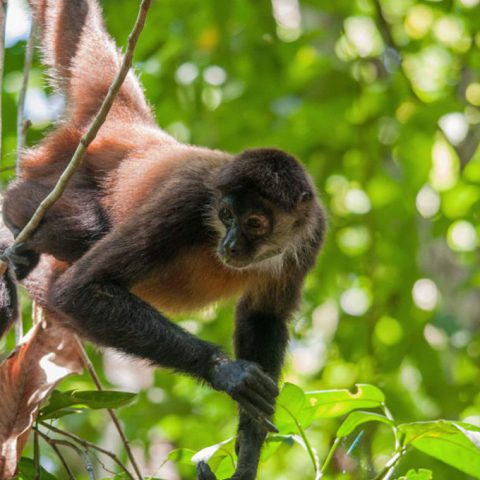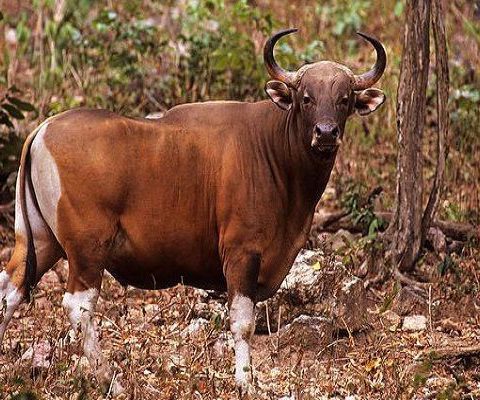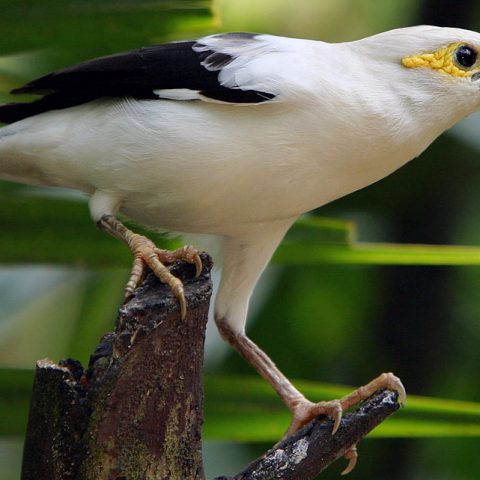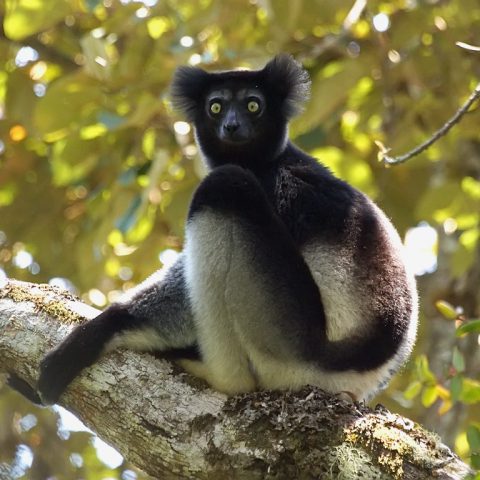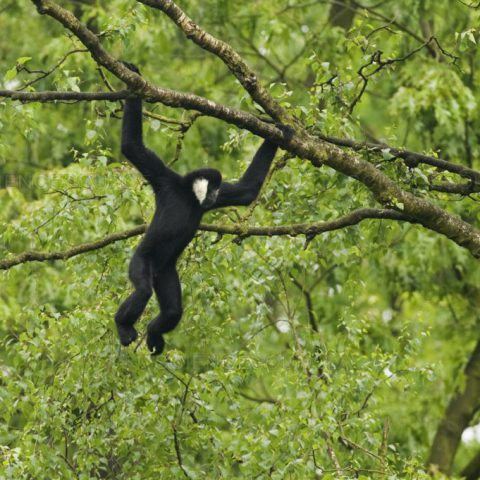Javan Rhionoceros
![]() Critically Endangered
Critically Endangered
Population
The population is between 58 and 61 individuals
Size
1.4 – 1.7 metres tall, 3.1 – 3.2m length
Weight
900 – 2,300 kg
Countries
Indonesia
Distribution
The Javan Rhinoceros is one of the rarest large mammals on the planet. The population is estimated to be between 58 to 61 animals.
The entire population of the Javan Rhinoceros is found in the Ujung Kulon National Park on the very western tip of Java, Indonesia. Once widespread from China, Bengal, Myanmar, Thailand, Cambodia, Laos, Vietnam, Malaysia and Sumatra with the last population in Vietnam being shot in 2010.
Description
The Javan rhino is the largest animal found in Java and the second larget in all of Indonesia, behind the Asian Elephant, ranging to be 2 to 4 metres longs, and 1.4 – 1.7 metres in length and have been found to weigh up to 2 tonnes! It is believed that females are slightly bigger than males.
The Java Rhinoceros only has a single horn which is also the smallest of horns for all species of rhinoceros, it is often less than 20 centimetres in length. The Javan Rhino’s horn is also only found on males.
Javan Rhinoceros are estimated to have lifespans of between 30 to 45 years in the wild.
Other traits of a Javan Rhinoceros
- Excellent sense of small
- Poor vision
- Hairless
- Skin has a natural pattern which leads to their armoured appearance



Quick Facts
- The species is a solitary animal except for breeding pairs and mothers with calves
- Javan rhinos do congregate in small groups around common areas such as salt licks and mud wallows
- Mud wallows are used to keep cool and prevent disease and parasite infestation
- Male home ranges are large at 12 – 20 kilometres, while female home ranges are 3 to 14 kilometre
- Dung piles and urine spraying is used to mark territories
- It is believed the species communicates with markings on the ground and twisting saplings
- Very few vocalisations are known for the species
- The Javan rhino has no known predators apart from humans
- The Javan Rhinoceros is very skittish of humans and will often become aggressive and partake in attacking and stabbing if it feels threatened
The Javan rhinoceros is a herbivore, eating a wide range of plant species, shoots, twigs and fallen fruit. A majority of the favoured foods grow in sunny areas in clearings or areas with no large trees.
- The rhino eats an estimated 50 kg of food daily.
- The Javan rhino needs salt in its diet. The salt licks common in its historical range, but does not exist in Ujung Kulon, but the rhinos there have been observed drinking seawater, likely for the same nutritional need
The Javan rhino mainly inhabits dense, lowland rain forests, grasslands, and reed beds with abundant rivers, large floodplains, or wet areas with many mud wallows.
The Javan rhino faces numerous threats, with one of the main being the small population that remains as this could cause problems in the recovery of the species.
Due to only being found in one location the species also faces the real risk of being wiped out through a single natural disaster like a tsunami.
Other threats include:
- Habitat Loss – logging, agriculture development
- Poaching for horns and money. The horn fetches up to $30,000 per kilogram on the black market
- Encroachment
- Lack of resources and competing with cattle.
Conservation Efforts
Save the Rhino
The Save the Rhino organisation focuses on working with all rhino species in the world. A part of this is dedication to help the Javan Rhinoceros in its fight against extinction.
The wonderful folk at Save the Rhino achieve this through raising funds, awareness and helping increase the technologies used in the fight.



